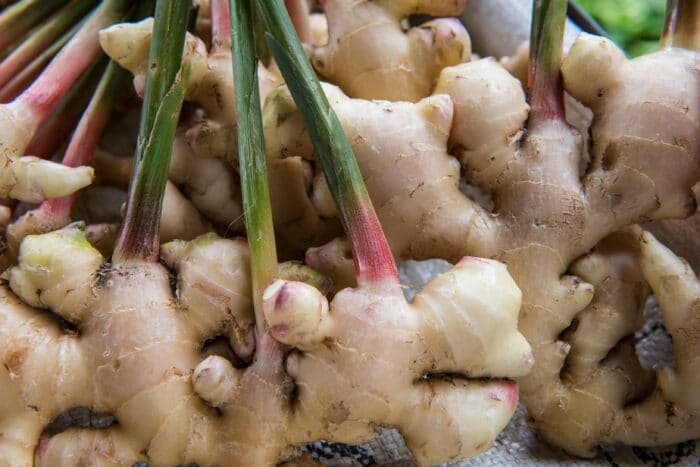December, 2020
Coriander
- This year, farmers had a much larger crop than normal, but due to high carryover from last year, most of their material was used for processing and distillation. However, a sudden influx of high demand caused the remaining carryover material to be used up faster than expected, resulting in a small crisis due to a lack of available seeds. This event has driven prices upwards, and will only continue to do so until the COVID-19 pandemic is under better control within the growing regions.
Ginger
- Of the four major ginger-producing nations (India, China, Indonesia, & Nigeria), only one has seen a slight decline in the last few years: Nigeria. While India’s production continues to ramp up, Nigeria’s ginger has stagnated somewhat due to logistical problems, primarily from a lack of cold storage capacity. The majority of ginger produced in Nigeria is exported to India, which may cause some future supply chain issues if demand continues to grow within India at its current pace.
Cedarleaf Oil
- Market remains very challenged following poor production over the summer months due to low yields and COVID related difficulties. Prices are expected to remain firm and rising due to limited availability, new production does not start until Spring 2021.
Petitgrain Oil
- Production is typically slow in Paraguay but that slowdown will likely increase over the next few months due to rainfall and potentially lower crop yields. Market demand remains steady and prices stable, but firm.
Brazilian Orange – Crop Update 2020-2021
- The 2020-2021 orange crop forecast for the São Paulo and West-Southwest Minas Gerais citrus belt in Brazil is 269.36 million boxes, which represents about a 6% decline in crop size (of 17.36 million boxes) from the September forecast provided by Fundecitrus. The updated forecast was published Dec. 10 by Fundecitrus.
- The reduction is due in-part to weather conditions in the region from la Nina (late rains in spring and intense heat), which resulted in varied/smaller fruit sizes (estimated at aprox 8% lower than the last 5 crop seasons) and increased fruit drop rate (from 17.3% to 21.2%). Valencia has one of the highest fruit drop rates at up to 24.7%.
- Should this bold new projection hold true until harvest ends, it could result in the largest crop loss for Brazil’s citrus belt since the beginning of the historical series in 1988-1989 and a decline of up to 30.36% in comparison to the previous crop season.
